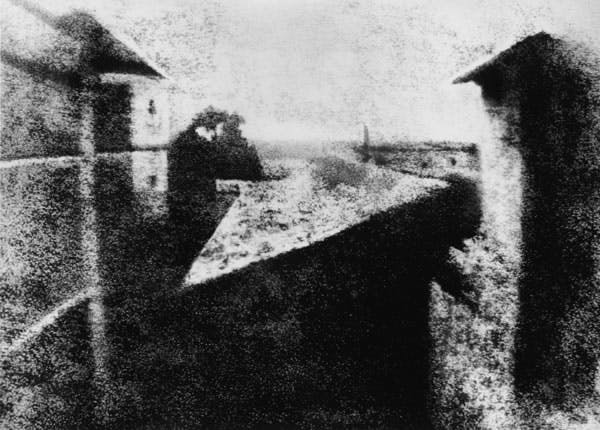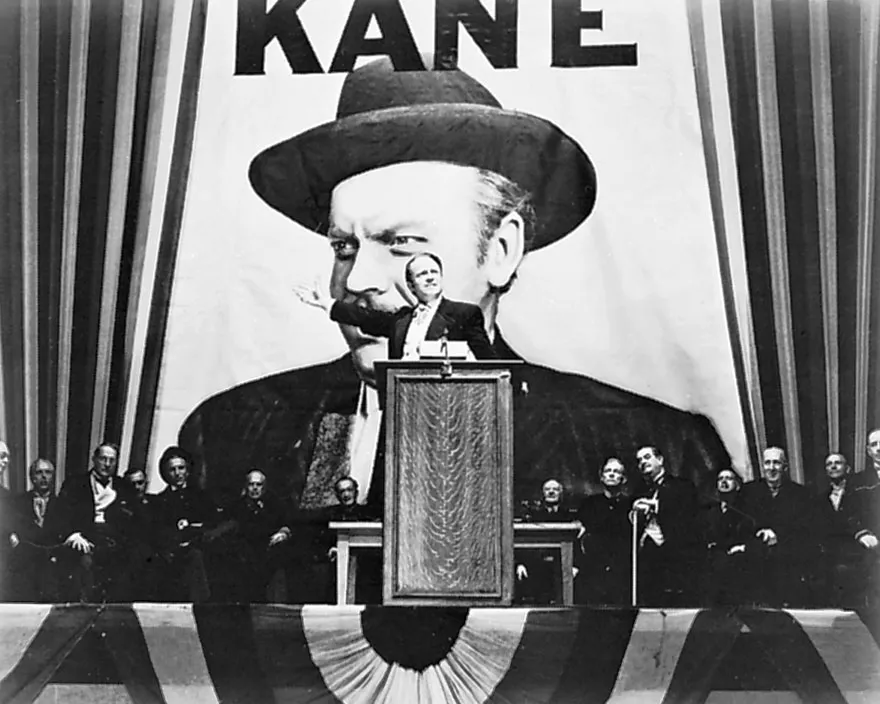A brief history of vintage photography from its invention in 1826, pictorialism in the early 19th century to its commercial use until 1990s
The first use of photography was in the early 19th century, shortly after the invention of the camera by Joseph Nicéphore Niépce in 1826. The first photograph ever taken was a crude image of the view from Niépce's window, captured using a process called heliography.
The early uses of photography were primarily scientific and documentary. In the mid-19th century, photography was used to document the Civil War and other historical events. It was also used in scientific fields such as botany, where it was used to document plant species.
As photography technology improved, it became a popular medium for portraiture, and in the late 19th and early 20th centuries, it was used extensively in journalism, as well as in advertising and commercial photography.
In the early 20th century, the popularity of vintage photography continues to rise, with the introduction of various styles such as pictorialism, which focused on creating artistic and moody images rather than just realistic depictions.
Pictorialism photographers aimed to create images that were more than mere representations of reality, but instead were personal expressions of the photographer's emotions and artistic vision. They sought to elevate photography to the level of fine art, and many saw their work as a direct challenge to the conventional view of photography as a mechanical and purely documentary medium.
The transition from pictorialism to commercial photography was influenced by a number of factors. One of the most significant was the rise of modernism in the early 20th century, which rejected the romantic and sentimental qualities of pictorialism in favour of a more direct, objective, and machine-inspired aesthetic. This shift was reflected in the work of photographers such as Paul Strand, Edward Weston, and Alfred Stieglitz, who embraced sharp-focus, unmanipulated images as a means of expressing the essence of modern life.
At the same time, commercial photography was becoming increasingly sophisticated, with new techniques and technologies being developed to produce more precise and visually appealing images. This included advances in lighting, colour photography, and retouching, which helped to create a standardized visual language for advertising and other forms of commercial imagery.
This transition was therefore shaped by a complex interplay of aesthetic, cultural, and technological factors, as photographers sought to navigate the changing demands and expectations of their audiences and clients.
Until 1940s, photography was widely used for commercial and documentary purposes, but the fine art market for photographs also began to grow.
In the post-war period, photography continued to be used for commercial and documentary purposes, but it also began to be used more widely in fashion photography, thanks in part to the rise of fashion magazines such as Vogue and Harper's Bazaar. Photographers such as Irving Penn and Richard Avedon became well-known for their fashion work, which often incorporated elements of surrealism and experimentation.
The 1960s and 1970s saw the emergence of new photographic movements, including conceptual photography, which emphasized the idea or concept behind a photograph rather than its visual appearance. During this period, photography also began to be used more widely in advertising and became a dominant medium in popular culture.
Many vintage photographs have been lost or destroyed over time, but a significant number have been preserved in museums, archives, and private collections.

Today, vintage photography is highly sought after by collectors and enthusiasts for its historical and artistic value for several reasons:
-
Historical Significance: Vintage photographs can offer valuable insights into historical events, people, and places. Collectors may be interested in photographs of important figures or events, such as Abraham Lincoln, the first manned mission on the moon, early aviation pioneers, etc.
-
Aesthetic Qualities: Many vintage photographs are prized for their artistic and aesthetic qualities. They may exhibit unique techniques, such as albumen or cyanotype printing, that are no longer in use. They may also be considered valuable due to their rarity or uniqueness.
-
Rarity and Authenticity: Collectors often value vintage photography for its rarity and authenticity. Original vintage prints from well-known photographers or from limited print runs can be highly sought after.
-
Popular culture : Vintage photographs that are part of popular culture can have significant value to collectors. Popular culture is a reflection of the attitudes, trends, and interests of a given time period, and vintage photographs that capture these elements can be highly valuable. For example, photographs of iconic figures in popular culture such as musicians, actors, or athletes may be valuable to collectors who are fans of these individuals or the cultural movements they represent. The value of these photographs is influenced by factors such as rarity, authenticity, and historical significance. If a photograph captures a key moment in popular culture, or is the only surviving print of a particular event or subject, it represents prime exclusivity in the photography collector’s mind. In some cases, vintage photographs that were previously unknown or undiscovered can also generate significant interest and value. The value of vintage photographs that are part of popular culture can also be influenced by the level of interest or nostalgia surrounding a particular time period or cultural movement. For example, photographs from the 1960s counterculture or the golden age of Hollywood may be highly sought after by collectors who are interested in the historical, social, or artistic aspects of these periods.

However, the market for vintage photography prints has been influenced by a variety of factors that have prevented them from rising in value as much as other types of collectibles:
-
Accessibility: One of the primary reasons why print photography tends to sell for lower prices than contemporary art is simply that it is more accessible to a wider range of collectors. Many fine art photographs are produced in limited editions, which can help create a sense of scarcity and exclusivity, but they are still typically more affordable than unique, one-of-a-kind artworks such as paintings or sculptures. This means that there is a larger pool of potential buyers for photographic prints, which can help keep prices lower overall.
-
Market saturation: The market for photographic prints may be more saturated than the market for contemporary art, which can contribute to lower prices overall. With advances in digital printing and the increasing availability of online marketplaces, it is easier than ever for photographers to produce and sell their prints, which can lead to a glut of supply. This oversupply can create downward pressure on prices as collectors are presented with more options and are able to be more discerning in their purchases.
The opportunity for the NFT vintage photography market
When NFTs are combined with vintage photography, the result is a highly exclusive and valuable digital asset.
On the one hand, some vintage photography such as vintage concert or tour photographs, celebrity portraits, or behind-the-scenes images of film or television productions represent historical and popular culture value. However, their exclusivity on the market have not been validated yet for the reasons explained above.
On the other hand, NFTs are used to represent ownership of unique and indivisible items, including vintage photos. The technology ensures the following points:
-
Authenticity: NFTs provide a secure and transparent way to verify the ownership and authenticity of a photo. When a photo is associated with an NFT, it becomes part of a blockchain, a digital ledger that tracks ownership and transactions. This provides a way to ensure that the photo is original and has not been tampered with or duplicated.
-
Scarcity: By creating a limited number of NFTs for a particular photo, the value of that photo can be increased. This is because collectors may be willing to pay a premium for an exclusive item that they know cannot be replicated or duplicated.
-
Ownership: NFTs provide a way for photographers to monetize their work by selling it as a digital asset. This can be especially useful for photographers who work in the digital space and may not have a physical product to sell. NFTs allow photographers to control the distribution and pricing of their work, which can be a significant advantage in a competitive market.
-
Resale value: Because NFTs can be traded and sold, they can increase the resale value of a photo. This creates an opportunity for collectors to invest in a photo that may increase in value over time.
In our next article we will cover the NFT photography landscape and the upcoming trends in 2023 :
-
Ai photography
-
Vintage photography
-
Conceptual photography
-
Overview of the market